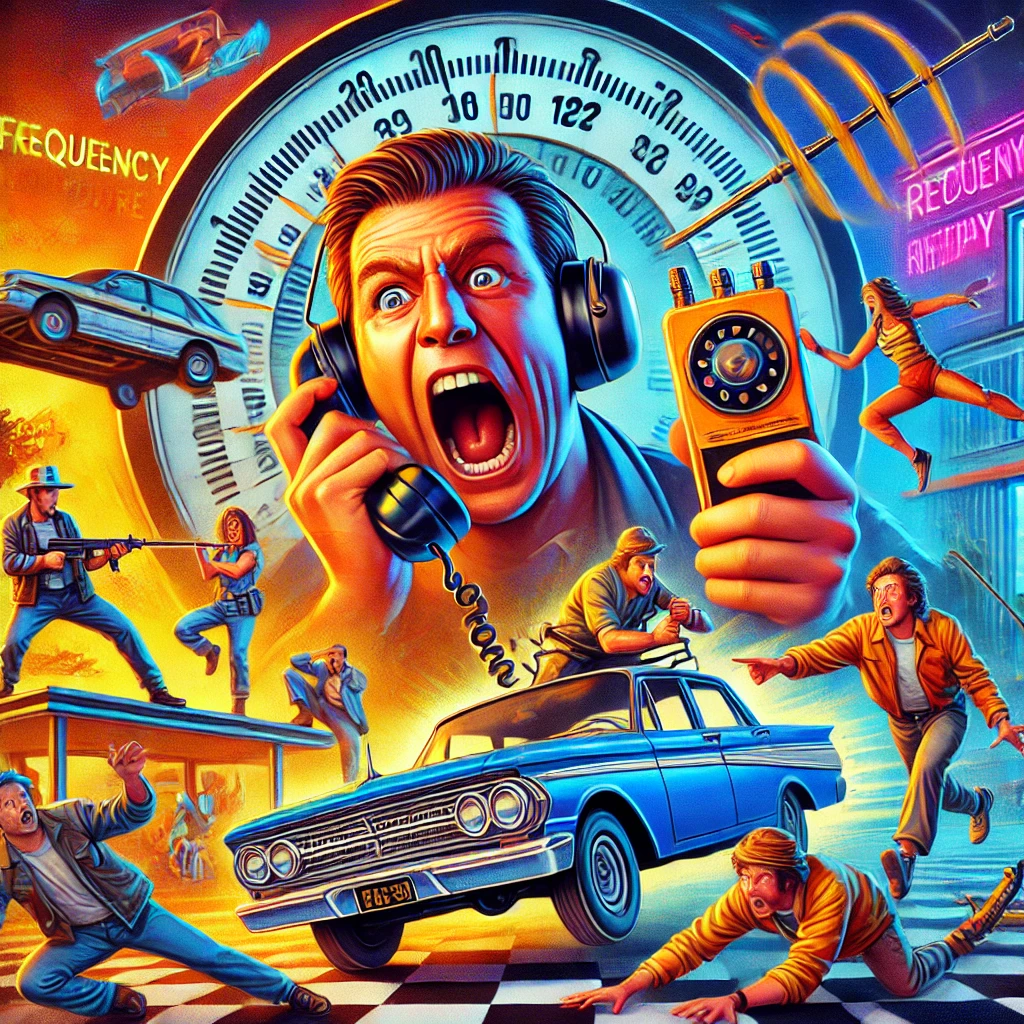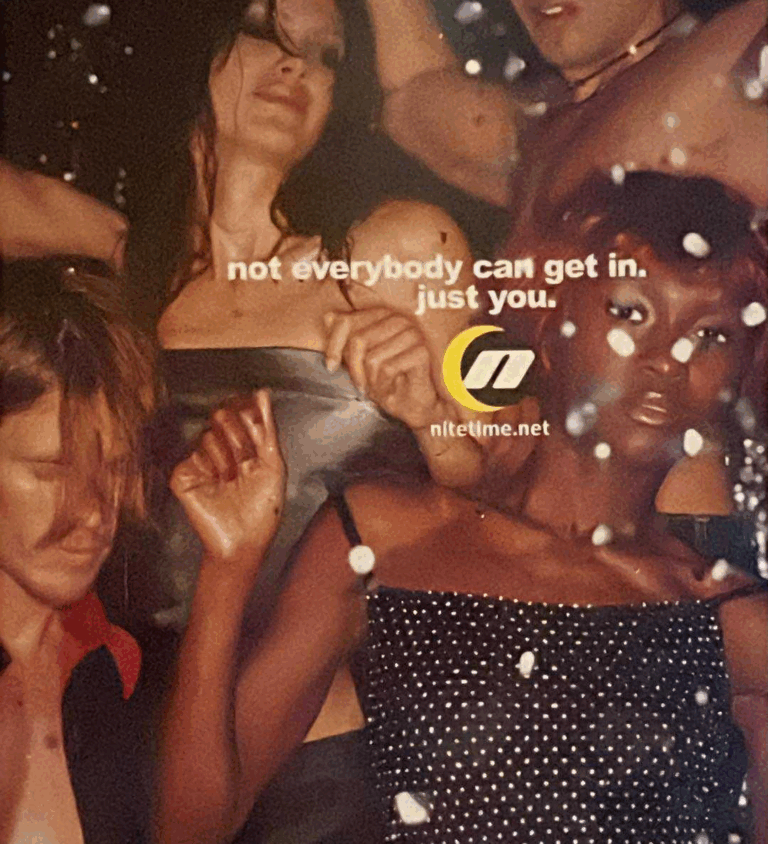
Picture this: You’re watching a high-stakes action thriller, and the hero is stranded on a remote mountaintop, lost in the wilderness, or deep in the belly of a jungle. The tension is thick, and just when all hope seems lost, the hero pulls out a radio and starts calling for help. But wait… something’s not quite right. Is that radio doing what it’s supposed to? Is it even possible? Get your popcorn ready, because it’s time to put on your detective hat and break down the most outrageous radio moments in movies. From car radios to life-saving emergency calls, this is your ultimate guide to laughing at Hollywood’s radio blunders and knowing exactly why everyone would be dead if they were depending on these radios in real life.
1. Car Radios: Tuning In or Tuning Out?
Ah, the classic car radio scene. The hero is driving down a desolate highway, cruising through a creepy, foggy town, or barreling down a mountain road. They hit a button, twist the knob, and magically find the perfect station. But hold up—does this movie radio even make sense? Let’s see.
FM Tuning: A Global Check
In most movies, you’ll see the car radio dial displaying a frequency like 92.5 FM. Sounds legit, right? Well, buckle up, because this is where things get bumpy:
- US Tuning typically operates within the 87.5 to 107.9 MHz range. So, if they’re tuning between those numbers, you’re good. But if they’re going above or below those limits, it’s either a mistake… or the car’s about to pick up a space transmission.
- EU Tuning, on the other hand, typically goes from 87.6 to 108.0 MHz, but with a fun twist! European radios sometimes use more precise frequency steps. So, if you’re watching a European movie and the dial is stuck on 92.55 FM, that’s likely not a random mistake. It’s European, where they get fancy with their frequencies.
So, next time someone on screen starts fiddling with their dial past 107.9 MHz, you can sit back, shake your head, and go, “That’s Hollywood, baby.”
2. Calling for Help: “Can You Hear Me Now?”
Ah, the moment we’ve all been waiting for—the hero pulls out the radio in the middle of nowhere, frantically twisting knobs, trying to make contact. The drama’s intense. The radio crackles. They shout into the mic: “Mayday, mayday! Is anybody out there?!”
But here’s the cold, hard truth: No, they’re not getting through.
Common Bands and Frequencies
In the movies, distress calls often use completely random radios. Fact is, unless they’re calling for help on very specific frequencies on the correct equipment, they’re out of luck.
Where Should Distress Calls Really Go?
In the real world, distress calls need to be sent on specific emergency frequencies. Here’s what you should be looking for in the real deal:
- 121.5 MHz – This is the aviation distress frequency. When pilots are in trouble, they call for help here. If your hero is stranded in an airplane or needs air support, they should be dialing this one, not chatting with some amateur.
- 406 MHz – Used by satellite emergency beacons. These are lifesavers when you’re in the middle of nowhere and have no cell service. This is the big boy for remote locations, not some random shortwave 3.330 MHz.
- VHF (Very High Frequency) – This range is used for local communication like maritime or aviation distress signals. If you’re on a boat, 156.8 MHz is your “help me” frequency. But don’t try to shout for help on a random frequency from your car—it’s not gonna happen.
- UHF (Ultra High Frequency) – This is more for short-range communication, and, while not typically used for distress signals, it’s important for emergency services to stay in touch with each other.
How Hard Is It to Find Someone on These Frequencies?
Spoiler alert: it’s super hard.
If you’re broadcasting on the wrong frequency, you’re probably talking to no one. So, next time you hear a hero dial up for help on whatever random frequency, just imagine them digging a hole and yelling into it for help. It’s just talking to the void.
3. The Antenna: Broken Means No Signal, Not Just Bad Reception
It’s a staple of every disaster movie: the hero pulls out their radio, but uh-oh—the antenna is bent, snapped off, or missing entirely. But don’t worry! They’ll still magically make that emergency call, right? Wrong.
Why Antennas Matter
The antenna isn’t just for decoration, folks. It’s the lifeblood of your radio. Without a good antenna, the radio is essentially a fancy brick. The antenna captures radio waves and converts them into electrical signals. If it’s damaged or missing any part, good luck. That radio’s as useful as a broken toaster.
So, next time a hero uses a busted antenna to call for help, just remember: they’re not calling anyone.
4. Could You “MacGyver” a Functional Antenna?
Here’s the thing: in movies, the heroes always seem to whip up a makeshift antenna using a piece of wire, duct tape, or whatever’s lying around. But in real life? That’s like trying to fix a car with a spoon.
Antenna Design 101
To make a functional antenna, you need knowledge. Like, real knowledge. A dipole antenna isn’t going to magically work because you tied some wire to a stick. You can’t just grab anything and expect it to catch radio waves. Trying to build a reliable antenna without tools or understanding is like trying to cook a gourmet meal with no ingredients or kitchen.
Long-distance communication? Forget about it. You can’t just slap together some duct tape and hope the radio’s going to send a signal to space. Without a proper antenna, you’re lucky if you can even hear the static.
5. Realistic Calls for Help: Why They’re Mostly Fantasy
In real life, you can’t just flip a switch and make a distress call. You need power, tuning, and a proper antenna. Let’s face it: a $20 handheld radio isn’t saving anyone in a remote area. Here’s why:
- Power Source: Movie radios are always charged, even after being tossed around or dropped in the wilderness. Real radios need to be powered up—they won’t work if they’re dead or require constant charging.
- Range Limitations: Movie heroes seem to always be able to make a call from miles away. In reality, unless you’re using a satellite phone or high-powered radio, you won’t be able to connect with emergency services from hundreds of miles out. The range of a regular radio is limited, and in most places, that call for help won’t even reach the first responders.
6. Conclusion: Don’t Be Fooled!
So there you have it, folks. You’re now equipped with the ultimate radio nit-picker’s guide to movies. Next time a hero pulls out a broken radio and starts yelling into it on a random frequency, you’ll know the truth: they’re not getting through. The next time someone calls for help on 3.330 MHz—you can confidently yell at the screen, “NOPE, they’re dead!”
Remember, it’s fun to watch, but when it comes to radios in movies, you are the expert. Happy nit-picking!


